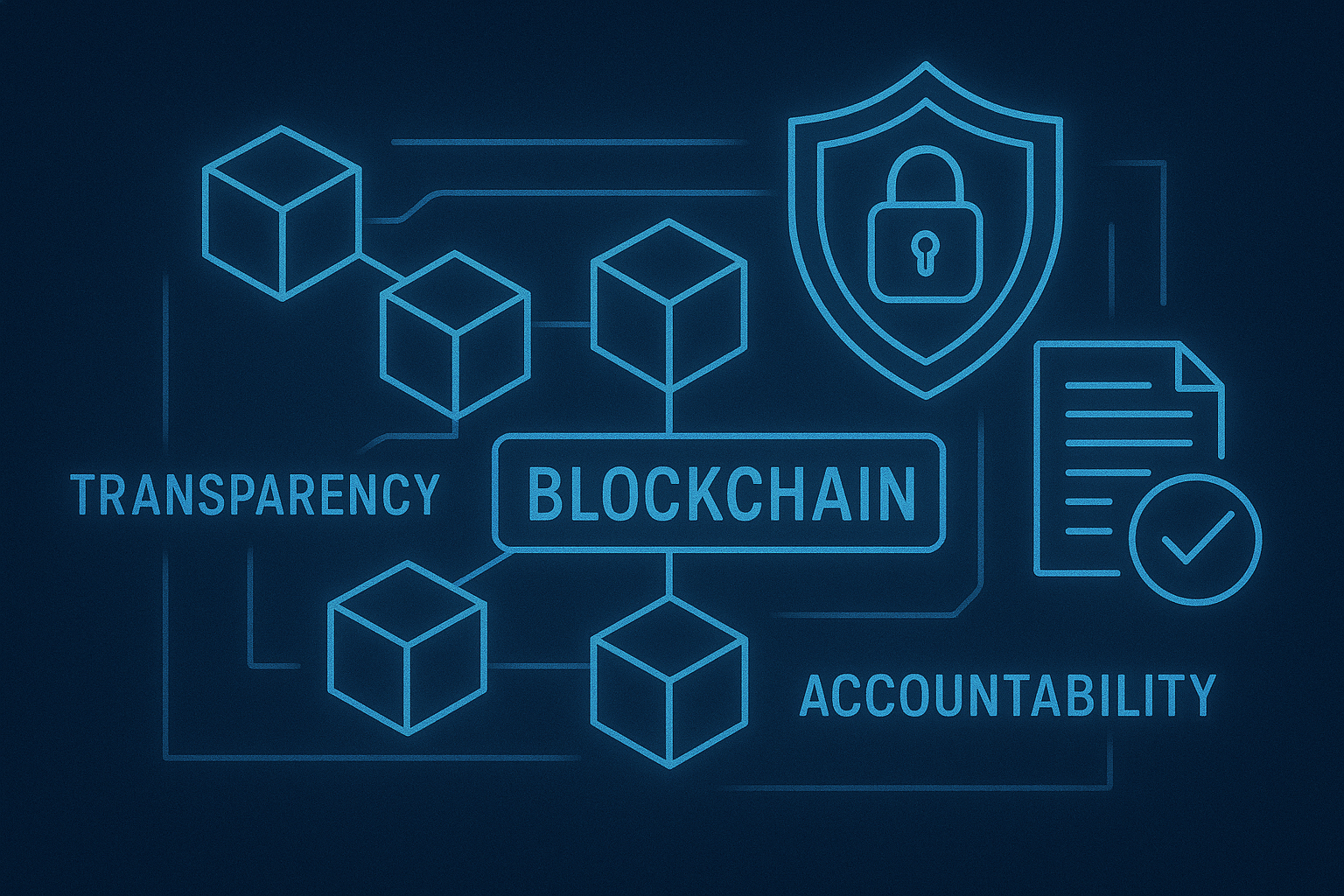
Blockchain, initially known as the technology behind Bitcoin, has now evolved far beyond the realm of cryptocurrencies. Blockchain is a decentralized digital ledger that records every transaction securely, transparently, and immutably. This innovative technology has the potential to disrupt various industries, from finance to supply chain management.
How Blockchain Works
Decentralization: Data is not stored on a central server but distributed across multiple computers connected in a network. Cryptography: Transactions are secured using complex mathematical algorithms, making them extremely difficult to forge. Consensus Mechanisms: All computers in the network must reach an agreement to validate each new transaction.
Key Benefits of Blockchain
High Security: Data stored on the blockchain is very difficult to alter or hack, thanks to cryptography and consensus mechanisms. Transparency and Accountability: All transactions are permanently recorded and visible to all participants in the network. Efficiency and Cost Reduction: Blockchain eliminates the need for intermediaries, speeds up transaction processes, and reduces operational costs.
Examples of Blockchain Implementation in Various Sectors
Finance: Facilitates faster and cheaper cross-border money transfers and more efficient asset trading. Supply Chain Management: Tracks the movement of products from upstream to downstream, ensuring authenticity, quality, and transparency. Electoral Systems: Enhances the security, transparency, and accountability of the electoral process.
Challenges in Blockchain Adoption
Scalability: Handling the ever-increasing volume of transactions. Regulation: Developing clear and comprehensive legal frameworks. Mass Adoption: Requires collaboration and coordination from various stakeholders.
Blockchain is a revolutionary technology with enormous transformative potential. Despite facing some challenges, the unique benefits it offers make it worthy of continued development and widespread implementation.



